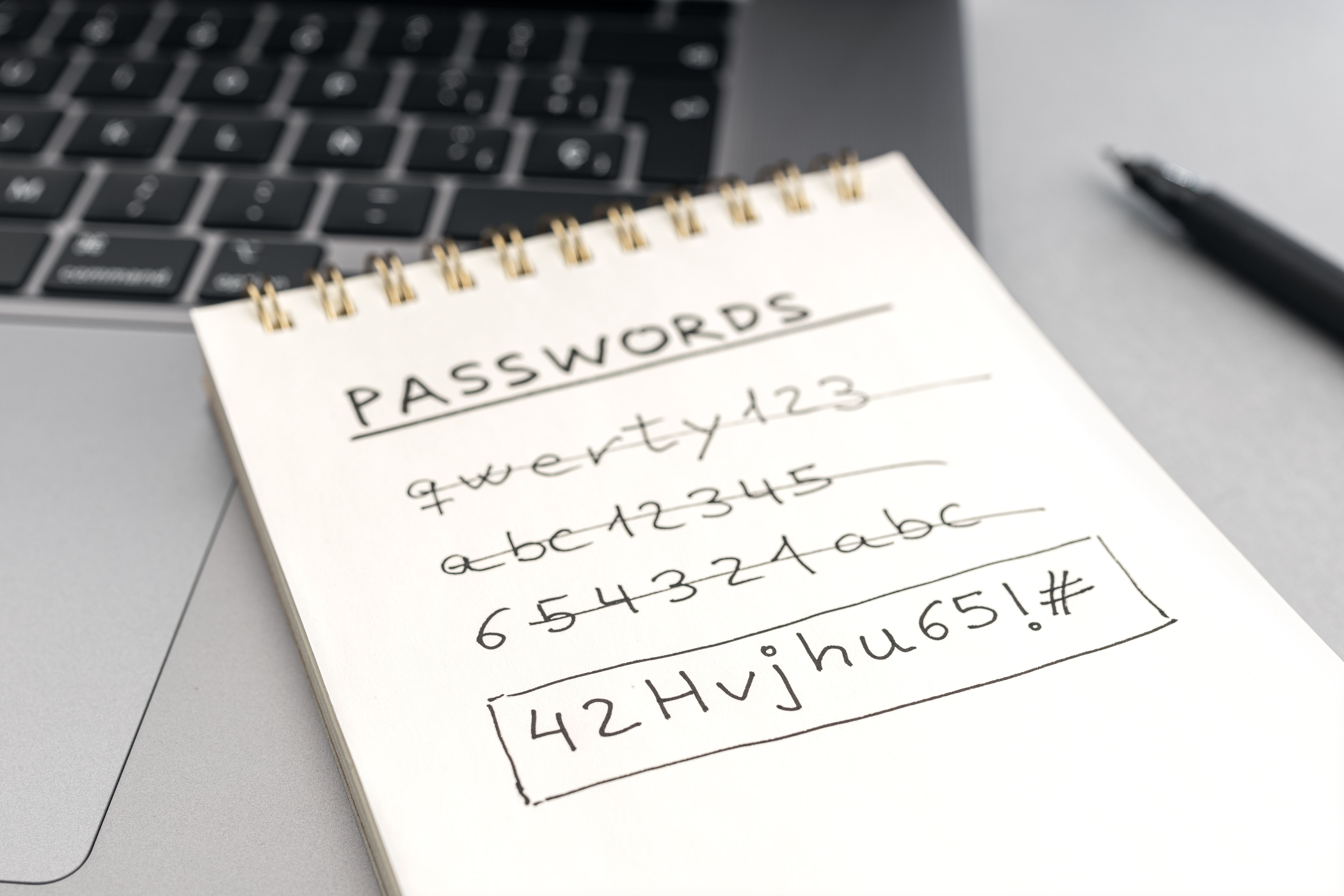Best Practices for Passwords
Cyber Security | April 18, 2023

We use passwords to log into our email, online banking, social media, and many other services, but not all passwords are created equal in terms of security. Hackers are always finding new ways to access and steal our personal information—something we are well aware of at Next Hop Solutions. It is crucial to understand the best practices for passwords and how to make them stronger so that they are not easily hackable.
1. Use a Combination of Characters
One of the best practices for passwords is to use a combination of characters. The more characters you use, the harder it is for hackers to guess your password. It is recommended to use at least eight characters, which should include a mix of uppercase and lowercase letters, numbers, and special characters. Always avoid using common words or phrases that can easily be guessed.
2. Use a Passphrase Instead of a Password
A passphrase is a type of password that is composed of multiple words, which are strung together to create a longer, more complex phrase. Passphrases are typically longer than traditional passwords and can be easier to remember while still being more secure.
Passphrase example: MyFavor1teSn@ckAreMaltesers!
3. Enable Two-Factor Authentication
If you wish to add an extra layer of security to an account, enable two-factor authentication. It protects your accounts by requiring a code or authentication from another device. This makes it harder for hackers to access your account even if they have your password. Most services now offer two-factor authentication, so it is wise to enable it for any account that contains sensitive information.
4. Change Passwords Regularly
It is important to change your passwords regularly to reduce the risk of a breach. The frequency of changing your passwords will depend on the type of account and the information it contains. For instance, you may want to change your banking password more frequently than your social media password or your main email password.
5. Do Not Reuse Passwords
Another best practice for passwords is to avoid reusing them for multiple accounts, as this is one of the most common ways to get your data stolen. If a hacker gains access to one of your passwords, they will have access to all your accounts if you use the same password for everything. While it is tempting to reuse the same password, it is not worth the risk, so you should create a new password for every account you have.
The best way to make sure your data is safe and secure is by backing it up properly. Get in touch with Next Hop Solutions if you need help with data security, backups, managed IT services, cloud computing solutions, and anything in between.

We use passwords to log into our email, online banking, social media, and many other services, but not all passwords are created equal in terms of security. Hackers are always finding new ways to access and steal our personal information—something we are well aware of at Next Hop Solutions. It is crucial to understand the best practices for passwords and how to make them stronger so that they are not easily hackable.
1. Use a Combination of Characters
One of the best practices for passwords is to use a combination of characters. The more characters you use, the harder it is for hackers to guess your password. It is recommended to use at least eight characters, which should include a mix of uppercase and lowercase letters, numbers, and special characters. Always avoid using common words or phrases that can easily be guessed.
2. Use a Passphrase Instead of a Password
A passphrase is a type of password that is composed of multiple words, which are strung together to create a longer, more complex phrase. Passphrases are typically longer than traditional passwords and can be easier to remember while still being more secure.
Passphrase example: MyFavor1teSn@ckAreMaltesers!
3. Enable Two-Factor Authentication
If you wish to add an extra layer of security to an account, enable two-factor authentication. It protects your accounts by requiring a code or authentication from another device. This makes it harder for hackers to access your account even if they have your password. Most services now offer two-factor authentication, so it is wise to enable it for any account that contains sensitive information.
4. Change Passwords Regularly
It is important to change your passwords regularly to reduce the risk of a breach. The frequency of changing your passwords will depend on the type of account and the information it contains. For instance, you may want to change your banking password more frequently than your social media password or your main email password.
5. Do Not Reuse Passwords
Another best practice for passwords is to avoid reusing them for multiple accounts, as this is one of the most common ways to get your data stolen. If a hacker gains access to one of your passwords, they will have access to all your accounts if you use the same password for everything. While it is tempting to reuse the same password, it is not worth the risk, so you should create a new password for every account you have.
The best way to make sure your data is safe and secure is by backing it up properly. Get in touch with Next Hop Solutions if you need help with data security, backups, managed IT services, cloud computing solutions, and anything in between.





